
Two baronetcies both created for Peter Lear, West India merchant

Two baronetcies both created for Peter Lear, West India merchant
The Baronetcy of Lear of London was created in the Baronetage of England on 2 July 1660 for Peter Lear. The baronetcy became extinct upon his death about 1684.
Extinct on his death
The new Baronetcy of Lear of Lindridge was created in the Baronetage of England on 2 August 1683 for Sir Peter Lear of London, Baronet, whose Devon residence was Lindridge House, Bishopsteignton, with a special remainder to his nephews, he being without issue.
His eldest nephew was Thomas Lear of Lindridge Devon, MP for Ashburton. The baronetcy became extinct upon the death of his brother the third Baronet in 1736.
Extinct on his death
There have been ten baronetcies created for persons with the surname Browne, six in the Baronetage of Great Britain, three in the Baronetage of Ireland and one in the Baronetage of Nova Scotia. Only one creation is extant as of 2010. Three of the creations were for members of the Browne family headed by the Viscount Montagu.

Three baronetcies have been created in the Baronetage of England for members of the Littleton or Lyttelton family. All three lines are descended from Thomas de Littleton, a noted 15th-century jurist. Despite differences in the spelling of the title, the names of all three lines were spelt in many varied ways in the early modern period, without distinction between the different branches of the family. This can be confusing, as the range of forenames in use was very limited.
There have been four baronetcies created for persons with the surname Andrews, two in the Baronetage of England, one in the Baronetage of Great Britain and one in the Baronetage of the United Kingdom. All four creations are extinct.
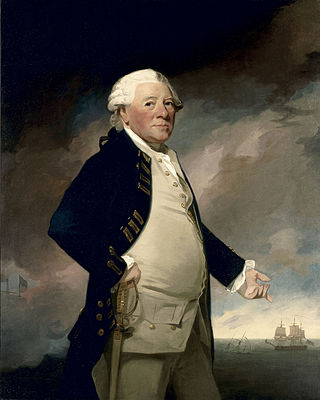
There have been seven baronetcies created for persons with the surname Parker, three in the Baronetage of England, two in the Baronetage of Great Britain and two in the Baronetage of the United Kingdom. Two of the creations are extant as of 2008. Though none of the different families of baronets were related, several supplied a number of flag officers to the Royal Navy.

There have been twenty one baronetcies created for persons with the surname Williams, eight in the Baronetage of England, three in the Baronetage of Great Britain and ten in the Baronetage of the United Kingdom. Only six of the creations are extant as of 2017.
There have been nine baronetcies created for persons with the surname Moore, two in the Baronetage of England, one in the Baronetage of Ireland, two in the Baronetage of Great Britain and four in the Baronetage of the United Kingdom. As of 2014 two creations are extant and one is considered dormant.
There have been two baronetcies created for descendants of the ancient 12th-century border family of Heron of Ford Castle, Northumberland.
Three baronetcies were created for persons with the surname D'Oyly, two in the Baronetage of England and one in the Baronetage of the United Kingdom. One creation is extant as of 2008.
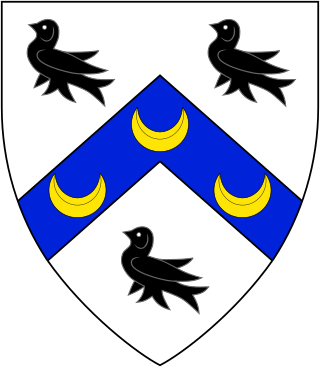
There have been seven baronetcies created for persons with the surname Watson, one in the Baronetage of England, one in the Baronetage of Great Britain and five in the Baronetage of the United Kingdom. One creation is extant as of 2016.
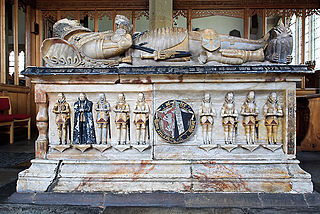
There have been two baronetcies created for members of the Salusbury family, the first in the Baronetage of England and the second in the Baronetage of Great Britain. Neither title has survived to the present day although the senior baronetcy is technically considered to be dormant.

There have been four baronetcies created for people with the surname Drake, three in the Baronetage of England and one in the Baronetage of Great Britain.

There have been five baronetcies created for members of the old established family of Peyton of Peyton Hall in the parish of Boxford in Suffolk, all of whom were descended from Sir Robert Peyton of Isleham in Cambridgeshire, grandson and heir of Thomas Peyton (1418–1484) of Isleham, twice Sheriff of Cambridgeshire and Huntingdonshire, in 1443 and 1453. All the baronetcies are extinct.
There have been two baronetcies created for persons with the surname of Beale, one in the Baronetage of England and one in the Baronetage of the United Kingdom. Both creations are extinct.
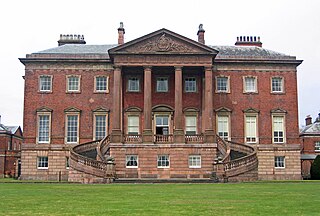
There have been two baronetcies created for persons with the surname Leicester, both in the Baronetage of England. The fifth Baronet of the second creation was raised to the peerage as Baron de Tabley in 1826. Both the barony and the two baronetcies are now extinct.

The Davie Baronetcy, of Creedy in the County of Devon, was a title in the Baronetage of England. It was created on 9 September 1641 for John Davie, the Member of Parliament for Tiverton in 1621–22.
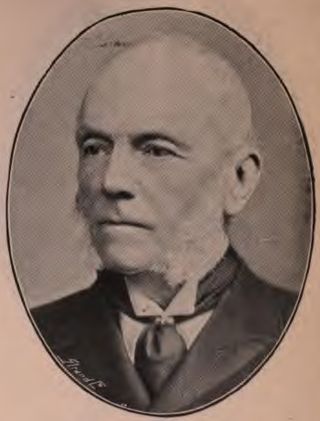
There have been five baronetcies created for persons with the surname Morgan, two in the Baronetage of England, one in the Baronetage of Great Britain and two in the Baronetage of the United Kingdom. All five creations are extinct.
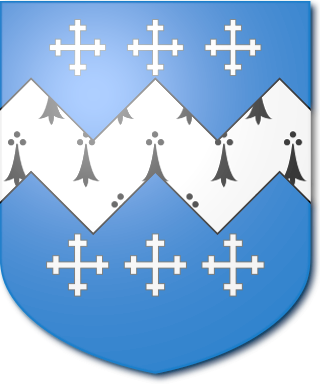
There have been two baronetcies created for members of the Barnardiston family, both in the Baronetage of England. Both creations are extinct.
There have been three baronetcies created for persons with the surname Fortescue, one in the Baronetage of Nova Scotia and two in the Baronetage of England. Two of the creations are extinct while the other is dormant.

Lindridge House was a large 17th-century mansion, one of the finest in the south-west situated about 1 mile south of Ideford in the parish of Bishopsteignton, Devon, about 4 1/2 miles NE of Newton Abbot. It was destroyed by fire on 25 April 1963 and its ruins were finally demolished in the early 1990s, upon which was built a housing development.
Sir Edward Williams, 5th Baronet was a Welsh landowner.